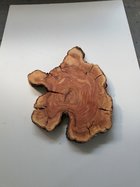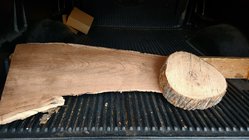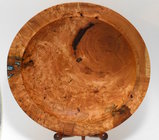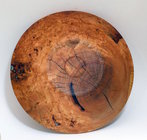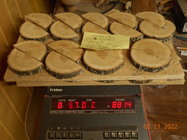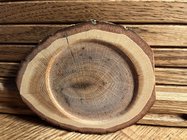That IS a beautiful piece of wood, albeit cracked. Prior to turning, I would add some pewa (or similar) to reinforce the cracked sections, especially the big crack on the left. Then, turn it thin, carefully. I would turn it into a gentle outflowing bowl, but that’s just me. A very shallow platter could be cool as well. Definitely be sure to stay out of the line of fire. And, with something like this, it can be helpful to turn in reverse, so you can make long, light push cuts. That’s assuming you have a fixed headstock, and are standing on the “normal” side of the lathe. It will be a beauty of you decide to pursue. Pecan is one of my favorite timbers. It finished like porcelain. Check out Rob Woodward’s album on WOW. He had some Desert Ironwood pieces that might be good for inspiration.
EDIT: I thought the cookie above was yours. Didn’t see that Gabriel posted it. Lol!

